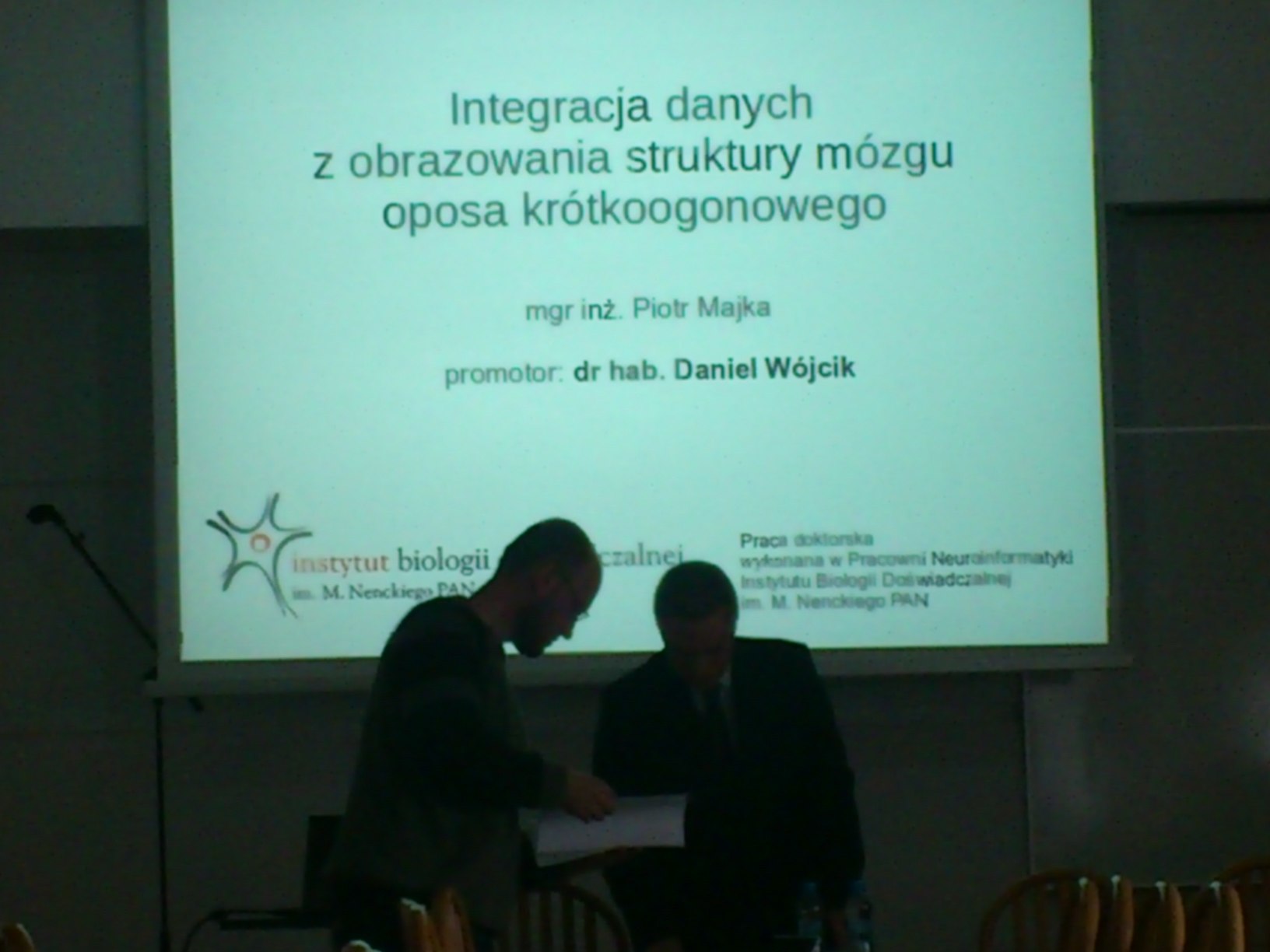Early coding
During this week I’ve done some early hacking and made a brutal Python port of the existing one-dimensional kCSD variant. The purpose of this port was to familliarize myself with the existing program flow and visualize some partial matrices.
Surprisingly, making kCSD work in such fashion required only minor changes to the original Matlab code.
An IPython Notebook may be viewed here (sometimes you need to refresh the page few times before it finally renders the notebook).
Yesterday I met with my Mentor, Daniel Wójcik (living in Warsaw I have the privilege to meet with him in person). He suggested that the kCSD framework may be split into two independent parts:
- statistical part
- basis function managing part
It is possible that the statistical part will be shared among all the dimensionalities later on.
The basis function management part will be different for each dimensionality. This is because in lower dimensionality (d < 3) we need to assume a specific distribution of sources for the missing dimensions.
Community Bonding
After discussing the kCSD details, we also spoke about the current projects in both Nencki Institute and INCF, such as digital Brain Atlasses (3dbar), OpenWorm and few smaller ones.
By a coincidence, one of the creators of 3dbar, who is also one of INCF mentors at GSoC 2014, Piotr Majka was going to practise before his PhD thesis defense shortly afterwards. So I became a part of his audience.

Piotr told us about his successful procedure of integration of brain imaging data obtained from immunohistochemical stains, blockface images and through MRI to produce high-quality and consistent digital brain atlasses. He used the procedure to create a first complete reconstruction of an opossum’s brain.
Seeing my enthusiasm, he also invited me to his public PhD thesis defense on the following Friday.

